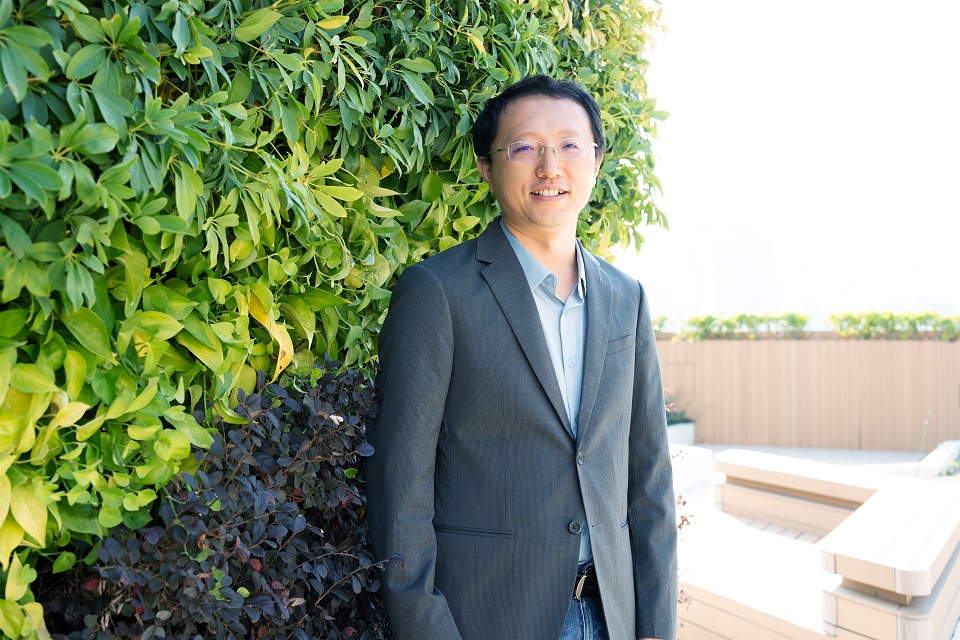Discover HKBU
Enhancing the production and quality of humic acid for sustainable agriculture
28 Nov 2023


As the global population rises, food scarcity issues are spurring the demand for advances in agricultural technology to achieve sustainability. Dr Zhao Jun, Assistant Professor of the Department of Biology, has led a team of researchers to develop new ways to produce humic acid (HA), a soil conditioner in organic farming, by using agricultural waste, contributing to sustainable agriculture and waste management.
Transforming waste into resources
HA is an organic substance that is found naturally in soils, peat and waters. It forms from decaying plant and animal matter in a process known as “humification”. HA has gained significant attention due to its diverse applications in agriculture, horticulture, waste management and environmental sciences. Dr Zhao says, “Traditionally, HA are extracted from leonardite or lignite coal, however these resources have limited availability. The demand for HA is driving interest in producing HA from sustainable sources such as biomass.”
The conversion of biomass, which includes agricultural residues, forestry waste and organic municipal solid waste, into HA involves various processes, with hydrothermal conversion being one of the most promising methods. Utilising water under high temperature and pressure, hydrothermal processing converts biomass into hydrochar, a material that facilitates HA production. However, improving the yield and quality of HA derived from biomass remained a challenge.
Advancing the development of sustainable agriculture
Dr Zhao collaborated with researchers from Tsinghua University, Beijing Institute of Technology and Zhejiang Gongshang University to improve hydrothermal humification technology and the process of HA formation. They also examined the impact of oxygen on the hydrothermal humification process of biomass, with a specific focus on the quality of HA.
Published in the Chemical Engineering Journal, their research findings reveal the significant impact oxygen has on the hydrothermal humification process. The team discovered that at 160°C, an oxygen pressure of 5 bar significantly increased the yield of HA from 41.9% to 50.9% by weight (wt%). However, excessively high oxygen pressure decreases the yield and alter HA properties.
Further studies demonstrated that oxygen improves the conversion efficiency of hydrothermal carbonisation, which then promoted the humification process. The findings showed that this improved production method of HA increases the growth rate of vegetables.
“HA has been widely used in agriculture to enhance soil fertility, nutrient uptake, and plant growth. Our research findings advance the utilisation of HA in sustainable agriculture,” Dr Zhao says.
“As HA can bind and immobilise heavy metals and organic pollutants in soil and water environments, our research also provides a better understanding of its production and properties, contributing to the development of more effective strategies to address soil and water pollution. In addition, our research helps advance the development of sustainable waste management strategies by providing insights into the efficient conversion of biomass into HA.”
Dr Zhao believes that research in the fields of biomass conversion and biowaste utilisation can contribute to achieving long-term environmental resilience while stimulating economic growth. “Biomass conversion and biowaste utilisation can contribute to the generation of renewable products and support waste management strategies. These processes also foster economic development, particularly in rural areas, by creating employment opportunities and utilising biowastes,” he says.